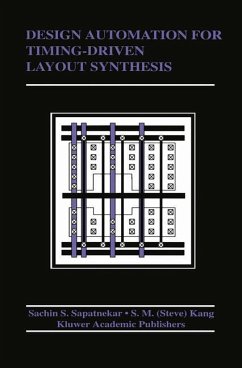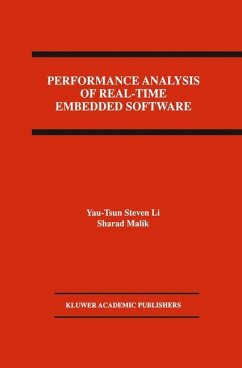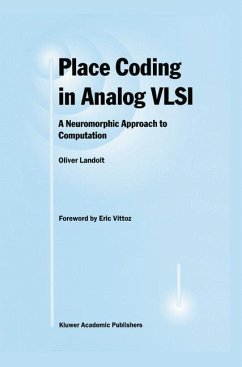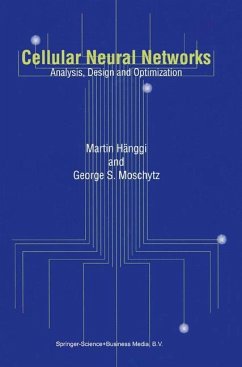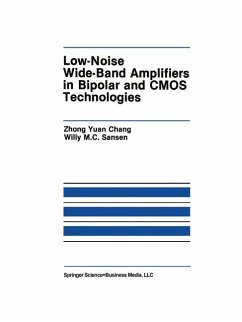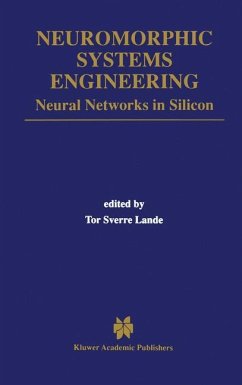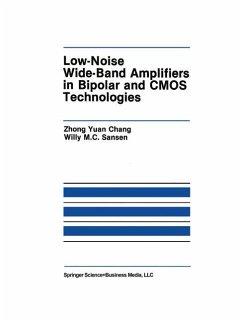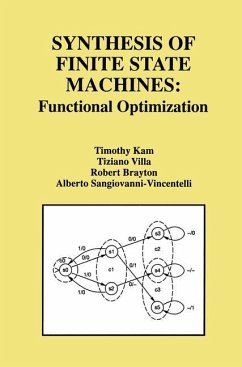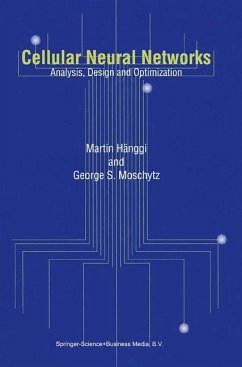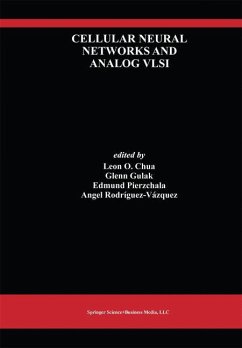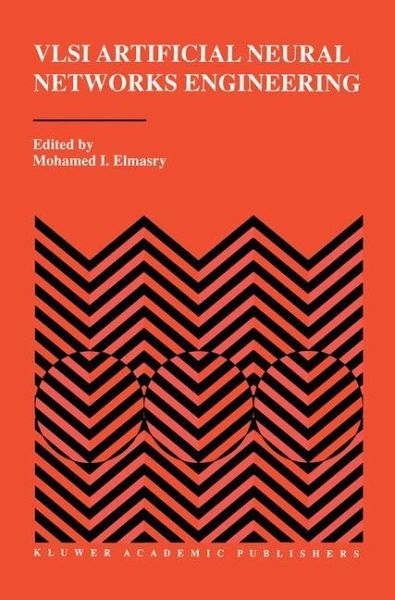
VLSI Artificial Neural Networks Engineering

PAYBACK Punkte
57 °P sammeln!
Engineers have long been fascinated by how efficient and how fast biological neural networks are capable of performing such complex tasks as recognition. Such networks are capable of recognizing input data from any of the five senses with the necessary accuracy and speed to allow living creatures to survive. Machines which perform such complex tasks as recognition, with similar ac curacy and speed, were difficult to implement until the technological advances of VLSI circuits and systems in the late 1980's. Since then, the field of VLSI Artificial Neural Networks (ANNs) have witnessed an expone...
Engineers have long been fascinated by how efficient and how fast biological neural networks are capable of performing such complex tasks as recognition. Such networks are capable of recognizing input data from any of the five senses with the necessary accuracy and speed to allow living creatures to survive. Machines which perform such complex tasks as recognition, with similar ac curacy and speed, were difficult to implement until the technological advances of VLSI circuits and systems in the late 1980's. Since then, the field of VLSI Artificial Neural Networks (ANNs) have witnessed an exponential growth and a new engineering discipline was born. Today, many engineering curriculums have included a course or more on the subject at the graduate or senior under graduate levels. Since the pioneering book by Carver Mead; "Analog VLSI and Neural Sys tems", Addison-Wesley, 1989; there were a number of excellent text and ref erence books on the subject, each dealing with one or two topics. This book attempts to present an integrated approach of a single research team to VLSI ANNs Engineering.





